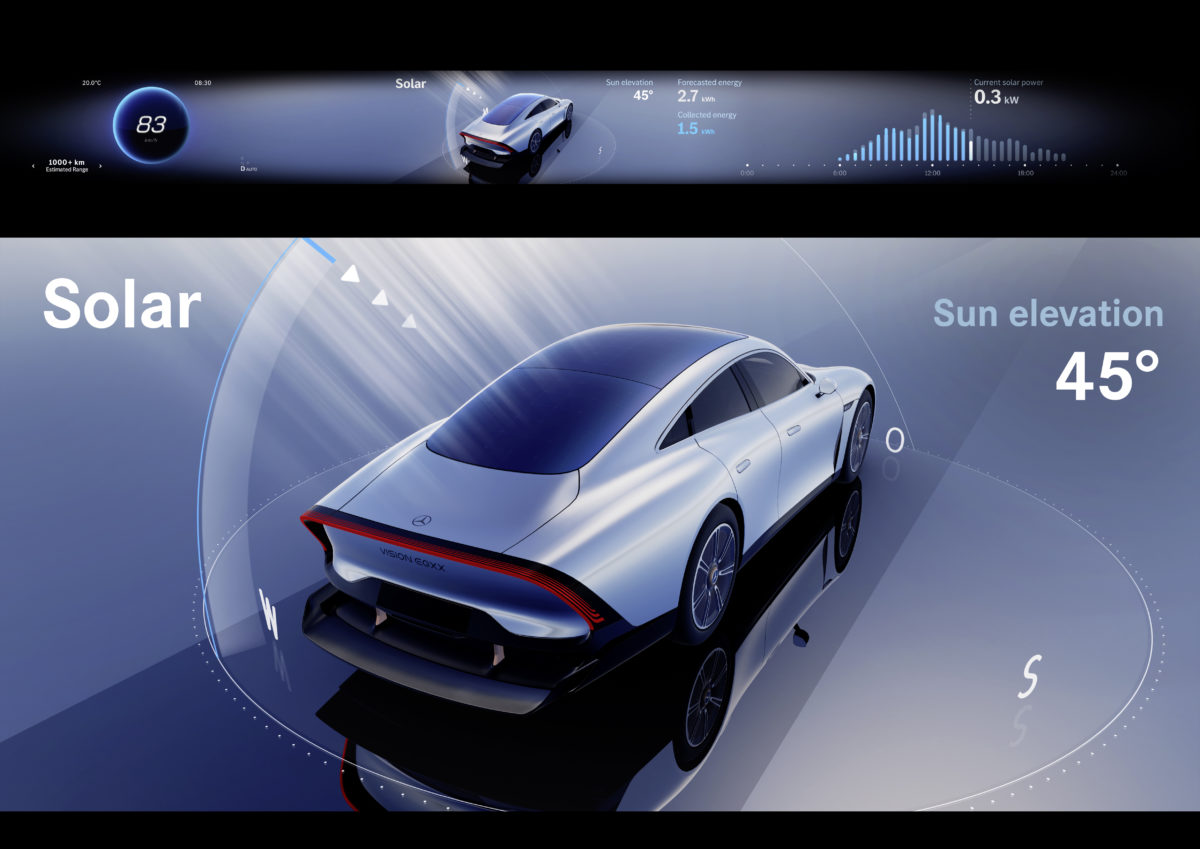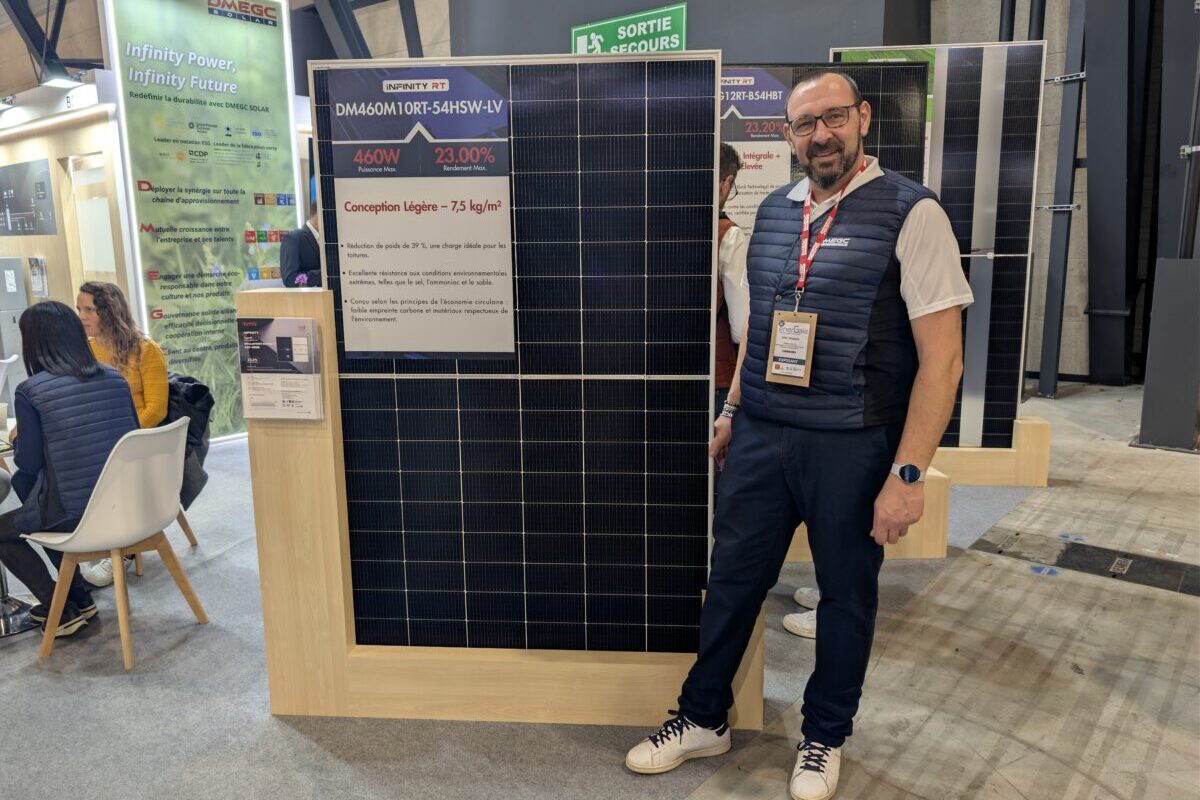Germany-based car manufacturer Mercedes-Benz has presented this week the Vision EQXX, the newest model of its electric car fleet.
According to the company, the vehicle is the most efficient electric car it has ever built, thanks to outstanding energy consumption of less than 10kWh per 100km and a range of more than 1,000km.
The car features a newly built in-house system that is claimed to achieve a benchmark efficiency of 95%, from battery to wheels. “The battery pack in the Vision EQXX holds almost 100kWh of energy, yet has 50% less volume and is 30% lighter than the … benchmark pack in [the] EQS,” the manufacturer stated, referring to one of its best known electric vehicles.
Starting from 2024, all the vehicles in the series will be equipped with 117 solar cells placed on the roof.
“It was developed in collaboration with the Fraunhofer Institute for Solar Energy Systems ISE – Europe's largest solar energy research institute,” Mercedes-Benz said in a statement. “The net result of reducing the energy drain on the high-voltage system is an increase in range. On a single day, and under ideal conditions, this can add up to 25km of range on long-distance journeys.”
The power generated by the solar cells is stored in a lightweight lithium-iron-phosphate battery which supplies a climate blower, the lights, the infotainment system and other ancillaries. “Mercedes-Benz and its partners are working towards using solar power to charge the high-voltage system, too,” the manufacturer further explained.
In a recent interview with pv magazine, Bonna Newman, program manager for PV and mobility module technologies at the Netherlands Organization for Applied Scientific Research (TNO), said that electric cars incorporating PV modules on their bodywork or roof have the potential to reach more than 10,000km per year of pure solar-powered driving and that the modules could have a payback time of just three to four years. According to her, the benefits of vehicle-integrated PV are proportional to the solar radiation levels of a given area, its demand for electric vehicles, and power prices.
*The headline of the article was amended on January 7 to reflect that the solar cells are based on crystalline silicon.
This content is protected by copyright and may not be reused. If you want to cooperate with us and would like to reuse some of our content, please contact: editors@pv-magazine.com.




Looks like a gimmick to me. Payback time of 4 years at 10,000km a year. So they cost 40,000km worth of electricity? Hmmm. If I used my solar panels/home battery to charge the car,ie cost basically zero, I never will pay them off. And who needs 25km extra range on sunny days? I would be an idiot to go for a drive hoping the day is sunny enough to get me home.